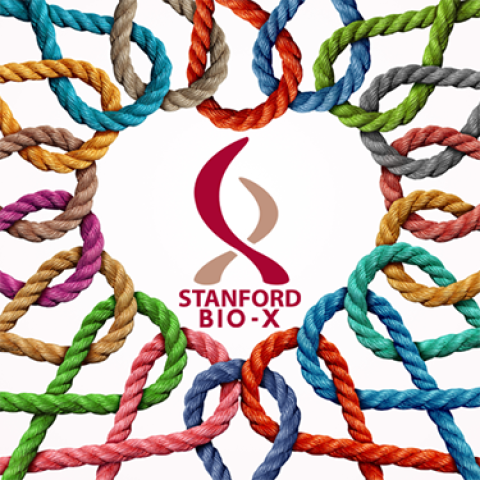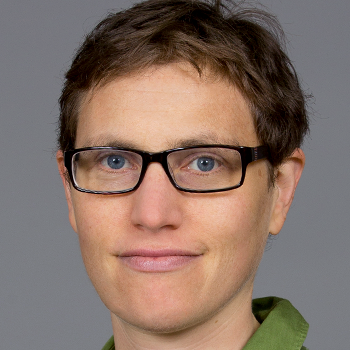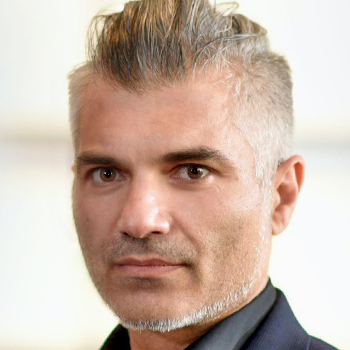
Stanford Bio-X Talks in English (T.I.E.)
Introducing a broad range of scientific research in the Stanford Bio-X community through jargon-free lectures and discussion.
Lunch will be provided for in-person attendees who attend both talks in full.

12:00 PM
JULIA SALZMAN, Associate Professor of Biomedical Data Science, of Biochemistry and (by courtesy) of Statistics and of Biology
Genomics Without Genomes
Approximations are foundational to science: from physics to statistics to biology. This talk will investigate the historical origins of a fundamental approximation used in today's approach to genomics and biology: the reference genome. I will discuss research in our group that provides an alternative paradigm based on a simple idea, that bypassing the use of reference genomes for discovery and analysis of genomic data. This paradigm has implications for multiple disciplines that contribute to genomics: including of biology, biomedicine, statistics and computational science. In biology and biomedicine, a new paradigm for discovery enables extraction of biology — across the tree of life — that has been previously missed, with implications for health disparities. I will also discuss how this paradigm increases statistical precision, decreases speed and resource requirements for genomic analysis, and how it significantly reduces the barriers for computational scientists to enter and contribute to the field of genomics.

12:30 PM
ANDREAS TOLIAS, Professor of Ophthalmology
Foundation Models of the Brain: A Less Artificial Intelligence
‘You … your memories and ambitions, your sense of personal identity and free will, are in fact no more than the behavior of a vast assembly of nerve cells …’ Crick’s words capture the profound challenge of decrypting the neural code. This challenge has long been hindered by our limited ability to record activity from large neuronal populations under the complex, variable conditions in which brains evolve, and our capacity to model the intricate relationships between stimuli, behaviors, and neural activity. Recent breakthroughs are starting to overcome these barriers. Cutting-edge technologies now enable large-scale recordings, while AI can construct predictive brain models that link stimuli, neural activity, and behavior. These digital twins open the door to limitless in silico experiments, testing theories that are otherwise impossible at scale in living brains. I will discuss our work in creating these digital twins and uncovering neural representation mechanisms, which we validate with closed-loop experiments.
